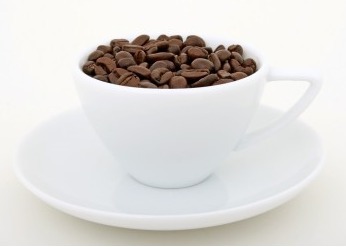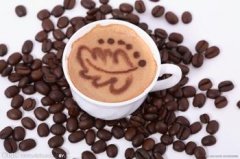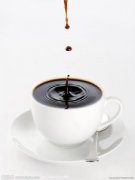Baristas must see the "seven weapons" that baristas must have.
As a good barista, you must have seven "carry-on weapons" you must know:

The first is the milk pot (milk pitcher). Basically, a small size of 2 people is used, but there is also a spare milk pot for 4 people. There are two types of upper and lower width and equal width, so you might as well choose a milk jug that is easier to use.
The second is the special teaspoon for marocchino. First put the chocolate (or chocolate sauce) into a heat-resistant glass, add milk foam, then stir slowly with a teaspoon, then pour in the espresso. Stick the espresso with a teaspoon and slowly stir it in the glass. Usually use a teaspoon with a 90-degree bend at the front, you can take advantage of what is ready-made in your own store.
As for toothpicks and cocoa powder, they are indispensable tools for cappuccino flower drawing art. Toothpicks are used instead of paintbrushes, so longer ones may be easier to use. Cocoa powder can be used not only in the art of flower drawing, but also in espresso drinks such as chocolate Cappuccino Con Cacao. Recently, there have been utensils that let the sprinkled cocoa powder show a 'pentagram' or 'heart' pattern. Might as well cooperate with the use and use it flexibly.
In addition, if there are alcoholic drinks such as cocktails in the store, then the shaker is also a necessary tool. The way the coffee bar chef mixes drinks in the bar looks very cool. I said there are two types: big ones and small ones. In addition, sherk cups are also used when preparing iced drinks such as ice espresso (Espresso Shakerato), so even if alcoholic drinks are not sold in the store, they still need to be used.
There are also indispensable rags in daily business. However, some dirt like coffee powder or cocoa powder cannot be wiped off with a regular dishcloth. I use a rag made of highly absorbent man-made fibers. Due to the addition of more antibacterial treatment, so it is more at ease in terms of hygiene. Keep the espresso machine clean to make a good impression on customers. Therefore, I often use this dishcloth to wipe the machine carefully and keep it clean at all times.
Finally, there are matching maintenance tools such as brushes for cleaning the espresso machine, which is also one of the seven utensils of the coffee bar maker. In short, cherish the machine, as a coffee bar chef must have a state of mind.
Excerpt from: the coffee bar master teaches you to keep the policy (Taiwan version)
Important Notice :
前街咖啡 FrontStreet Coffee has moved to new addredd:
FrontStreet Coffee Address: 315,Donghua East Road,GuangZhou
Tel:020 38364473
- Prev

Baristas must see how to improve their charm and hospitality.
In BAR, it is important to chat with customers through the bar. The bar of the Italian coffee bar is not only a place to choose and deliver products to customers, but also a place where customers can sip espresso standing up. So, in [Segafredo ZANETTI], which is run in an Italian coffee bar, the bar is also
- Next

What is the relationship between coffee beans and freshness?
What is the relationship between coffee beans and freshness? Should we buy coffee beans with oil or without oil? Have you ever seen coffee beans that look oily? Why do some coffee beans have an oily surface, while others are "dry and comfortable" without oil? What is the relationship between coffee beans and freshness? We should choose the appearance of "oil" or "no oil"
Related
- Beginners will see the "Coffee pull flower" guide!
- What is the difference between ice blog purified milk and ordinary milk coffee?
- Why is the Philippines the largest producer of crops in Liberia?
- For coffee extraction, should the fine powder be retained?
- How does extracted espresso fill pressed powder? How much strength does it take to press the powder?
- How to make jasmine cold extract coffee? Is the jasmine + latte good?
- Will this little toy really make the coffee taste better? How does Lily Drip affect coffee extraction?
- Will the action of slapping the filter cup also affect coffee extraction?
- What's the difference between powder-to-water ratio and powder-to-liquid ratio?
- What is the Ethiopian local species? What does it have to do with Heirloom native species?

